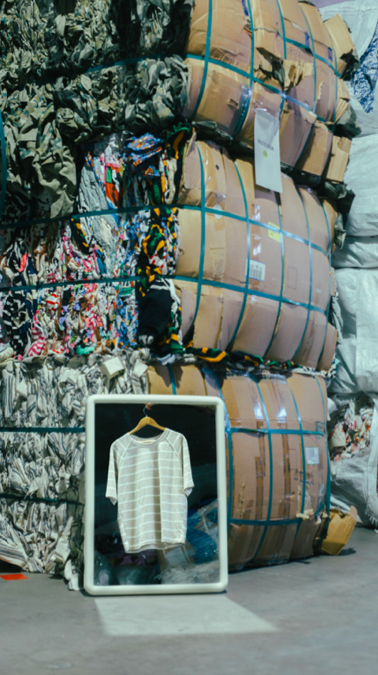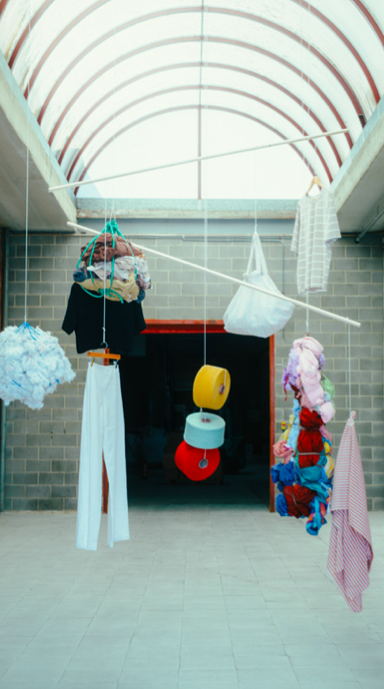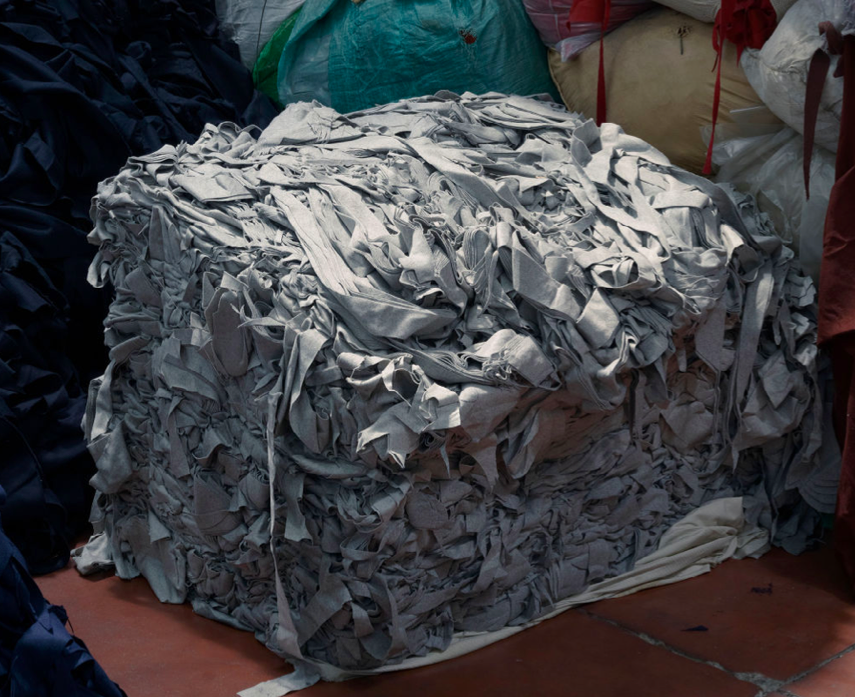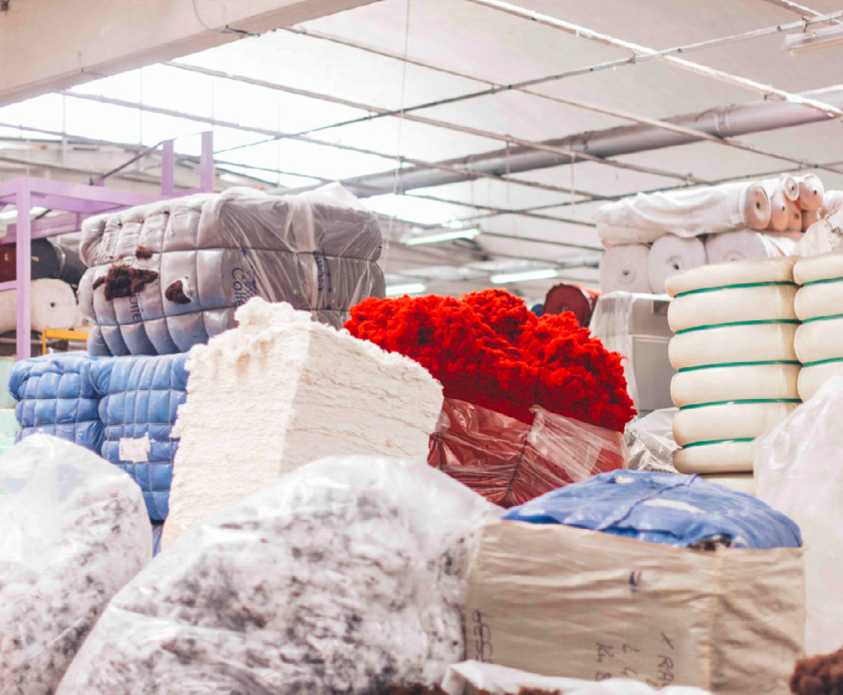The fashion and textile industry stands at a critical crossroads. While its relentless focus on growth has driven innovation and economic expansion, this trajectory is increasingly at odds with the planet’s finite resources and the need for equitable social progress. Textile Exchange’s "Reimagining Growth Landscape Analysis" serves as a clarion call for a transformative shift, urging the industry to redefine value creation and embrace a future aligned with ecological and social imperatives.
According to the report, the current business model—centred on high production volumes, resource-intensive processes, and short-term financial returns—has exacerbated environmental degradation and social inequalities. The United Nations Environment Programme warns that without urgent intervention, global temperatures could rise by up to 3.1°C this century, with devastating consequences. This analysis by Textile Exchange not only contextualises these challenges but also provides actionable pathways for businesses to align growth ambitions with sustainability targets.


Photos: Madeleine Brunnmeier
The Case Against Unchecked Growth
The concept of "reimagining growth" stems from the urgent need to reconcile the fashion industry's reliance on virgin resources with the ecological and social boundaries outlined in frameworks like the Paris Agreement. Currently, the industry is responsible for excessive greenhouse gas emissions, resource depletion, and waste generation. Global fibre production, for instance, has doubled since 2000, reaching 124 million tonnes in 2023. Without intervention, this figure could climb to 160 million tonnes by 2030. Such growth, fuelled by linear production and consumption patterns, is incompatible with the urgent need for climate action.
Textile Exchange’s analysis highlights the systemic nature of these issues. Growth as traditionally defined—measured in sales, market share, and production volumes—is embedded in corporate and economic structures. This focus often overrides sustainability considerations, as businesses prioritise short-term gains to appease investors and shareholders. Yet, the report underscores that failing to address these tensions will lead to significant financial and operational risks for the industry.
The Path to Reimagining Growth
The report presents a holistic framework for transitioning to sustainable business models, emphasising the importance of decoupling economic success from material consumption. Core recommendations include:
- Reducing reliance on virgin fossil-based resources: Businesses must cap their use of such materials and prioritise closed-loop systems and renewable sources.
- Shifting to circular business models: Services like repair, rental, resale, and take-back schemes should become mainstream, replacing wasteful production cycles.
- Redefining value: Success should be measured through ecological and social metrics, including well-being, equity, and environmental health, rather than financial performance alone.
- Ensuring a just transition: The shift to sustainable practices must prioritise the rights and livelihoods of workers, producers, and vulnerable communities, ensuring they are not left behind.

Navigating Barriers and Challenges
Transitioning to a regenerative economy is not without obstacles. Textile Exchange identifies several challenges, including the need for substantial investment in new technologies, consumer resistance to change, and insufficient policy support. Furthermore, the terminology itself—such as "degrowth"—has been met with resistance within the industry, with many executives fearing it clashes with business interests. To foster buy-in, the report suggests reframing the conversation around solution-oriented language and shared goals.
The role of policy is also emphasised as a crucial enabler of change. Regulatory frameworks can level the playing field, incentivising sustainable practices and discouraging overproduction and waste. Corporate advocacy for such measures is essential to drive systemic change across the value chain.
Financial and Reputational Risks
The report warns of significant risks for businesses that fail to act. Climate-related supply chain disruptions, resource scarcity, and shifting consumer preferences could jeopardise profitability and market competitiveness. On the other hand, companies that adopt sustainable practices stand to gain a competitive edge, tapping into emerging markets for circular and low-impact solutions.
For example, the report highlights that circular business models could represent a $700 billion opportunity by 2030, accounting for 23% of the global fashion market. Companies embracing these models can redefine their value propositions, aligning themselves with growing consumer demand for ethical and sustainable products.

A Call for Collective Action
Ultimately, Textile Exchange’s "Reimagining Growth" report stresses that no single entity can drive the necessary transformation alone. It calls for multi-stakeholder collaboration across businesses, governments, and civil society to reimagine the economic systems underpinning the industry. Policymakers must support the transition with robust legislation, while investors and financial institutions play a pivotal role in reallocating capital toward regenerative practices.
The stakes are clear: continuing business-as-usual will not only exacerbate environmental and social crises but also threaten the industry’s long-term viability. As the report concludes, redefining growth is not just a moral imperative but a strategic necessity for a sustainable and prosperous future.
In redefining value, adopting circular models, and embracing systemic change, the textile industry has an opportunity to lead the way toward a regenerative, inclusive, and resilient economy. Textile Exchange’s Landscape Analysis serves as a vital roadmap, inviting industry stakeholders to join forces in reimagining growth for a world where both people and planet can thrive.
Read the full analysis here.






